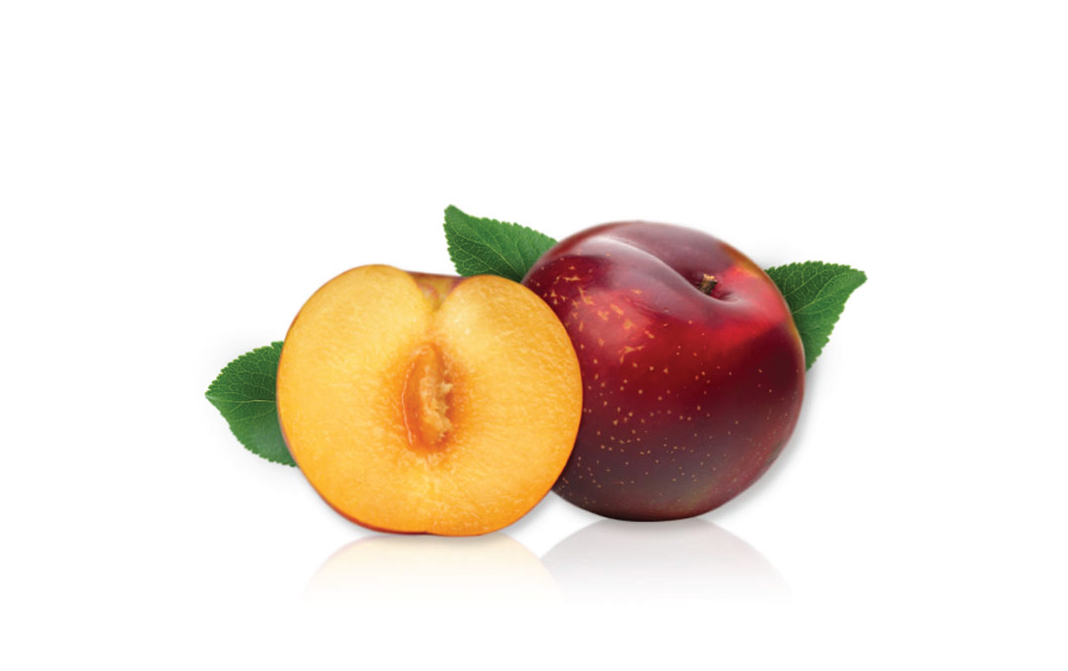


Choose plums with a slight whitish bloom, which indicates no over-handling. Select the ones that are firm. Avoid the soft plums with bruises. Avoid the ones that are excessively hard as they will be immature and will probably not develop a good taste and texture profile.
Plums are high in oxalate which may cause kidney and bladder stones.(3)
- Disclaimer
"Information here is provided for discussion and educational purposes only. It is not intended as medical advice or product or ingredient review/rating. The information may not apply to you and before you use or take any action, you should contact the manufacturer, seller, medical, dietary, fitness or other professional. If you utilize any information provided here, you do so at your own risk and you waive any right against Culinary Communications Private Limited, its affiliates, officers, directors, employees or representatives.”
Description
Plums are a round fruit with a thin, smooth skin and small size. They can be oval to heart-shaped. Their skin can be red, purple, green, blue-black, yellow or amber, while their flesh comes in hues such as green, yellow, and pink and orange. They have a soft and juicy flesh, and a single large, hard seed. They are classified into six general varieties—Japanese, American, Damson, Ornamental, Wild and European/Garden—whose size, shape and colors vary. They are available throughout the year. They originated in Asia.